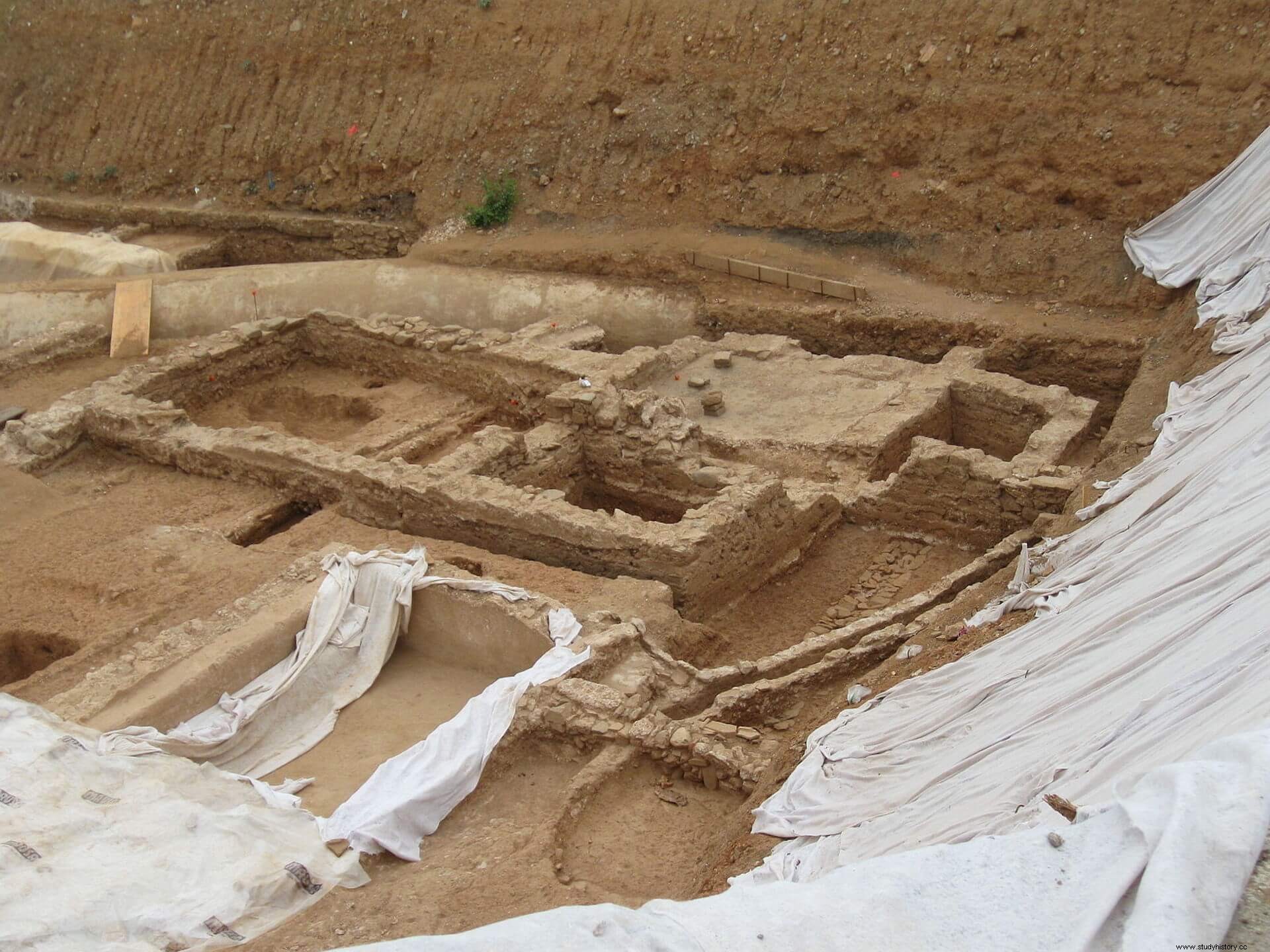
Located next to the Pont del Treball Digne, the villa constitutes an example of the occupation of the territory near Barcino, having identified residential and economic areas, according to the information published in the press, since despite the expectation caused by the news of the excavations, there has been no communiqué regarding the result of the archaeological interventions that have been carried out under the direction of the MUHBA's Server d'Arqueologia.
The public interventions by the mayor Xavier Trías, the deputy mayor Jaime Ciurana and the Generalitat's Minister of Culture, Ferran Mascarell agree on the need to wait for the technical report on the work to make a decision on the archaeological remains, although those responsible for the City Council have advocated exhaustive documentation, the transfer of the most representative architectural and decorative materials (mosaics) to the MUHBA headquarters, and the non-conservation in situ of the architectural remains . As of today, September 7, the possibility has been indicated that the materials could be exhibited in the Torre del Fang, a cultural facility near the site.
However, voices have already arisen requesting the conservation and musealization of the Roman villa of La Sagrera in its original location. The case goes back to the problem of the excavations of the El Born market (a sector of the medieval and modern city destroyed after the capture of Barcelona in 1714 to facilitate the firing range for the Bourbon citadel) and the paralysis of the Provincial Library project of Barcelona that the opposition to the destruction of some remains quickly considered as a nationalist symbol supposed. Dispassionately, the problem of the dichotomy between preservation and documentation-destruction of archaeological remains in cities with superimposed occupation stratigraphy (Tarragona would be an outstanding example of this) is the assessment of the value of the find. No one doubts, and the legislation contemplates this, that an exhaustive documentation of all the sites must be carried out in order to know the past of a city, our history and cultural heritage. Another thing is illogical protectionism and the economic implications that this entails due to the modification or delay of urban plans. In reference to the Roman town of La Sagrera, it is clear that the implications of reorganizing a route at a very advanced stage of execution after the delays already accumulating in the high-speed connection with France have difficult economic, social and political costs. to assume. Still, the technical report should be awaited. It should be remembered that there are already, both in Catalonia and in other areas of Spain, preserved and musealized Roman villas, so only exceptional architecture should mark a preservation policy.
